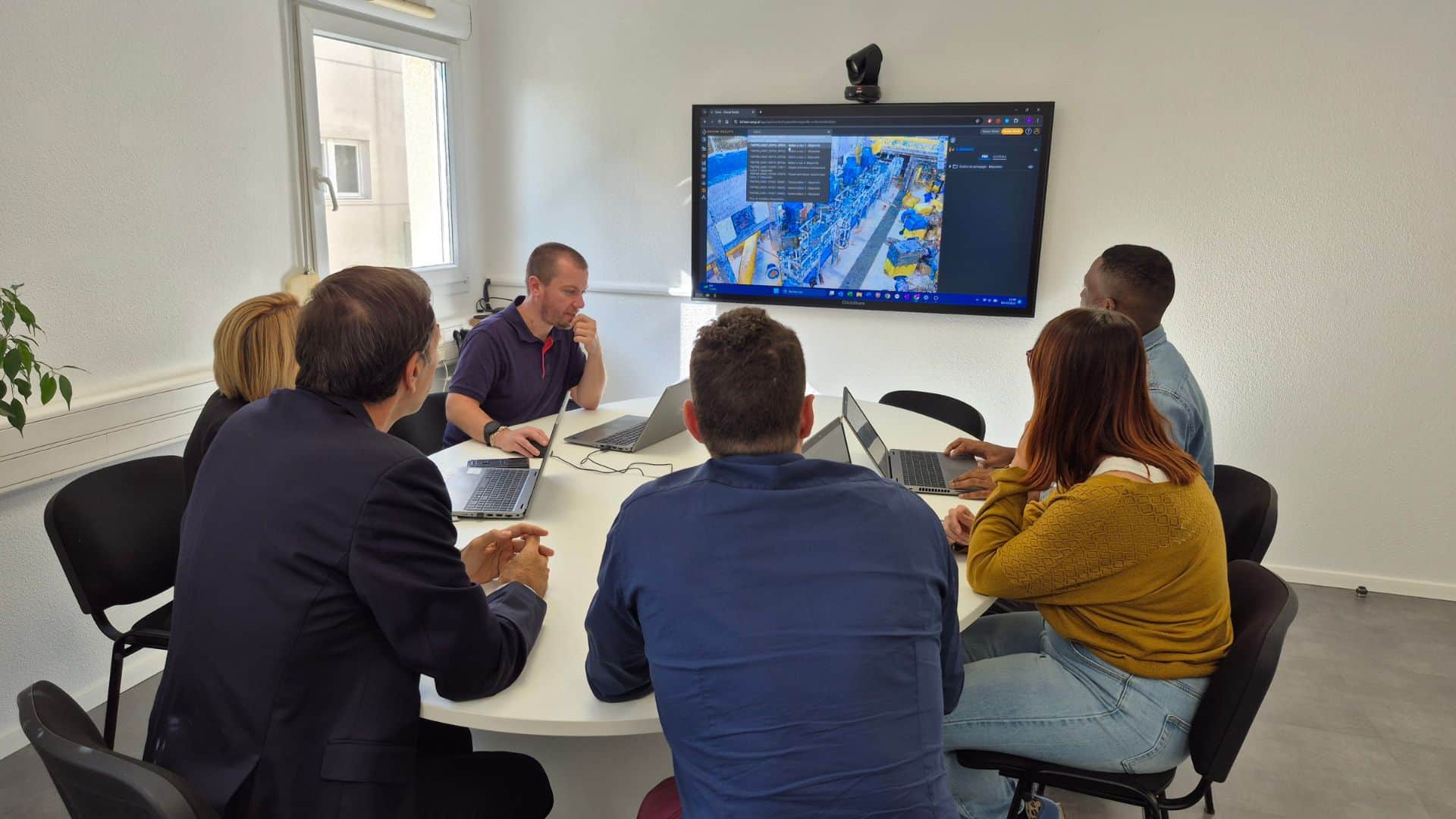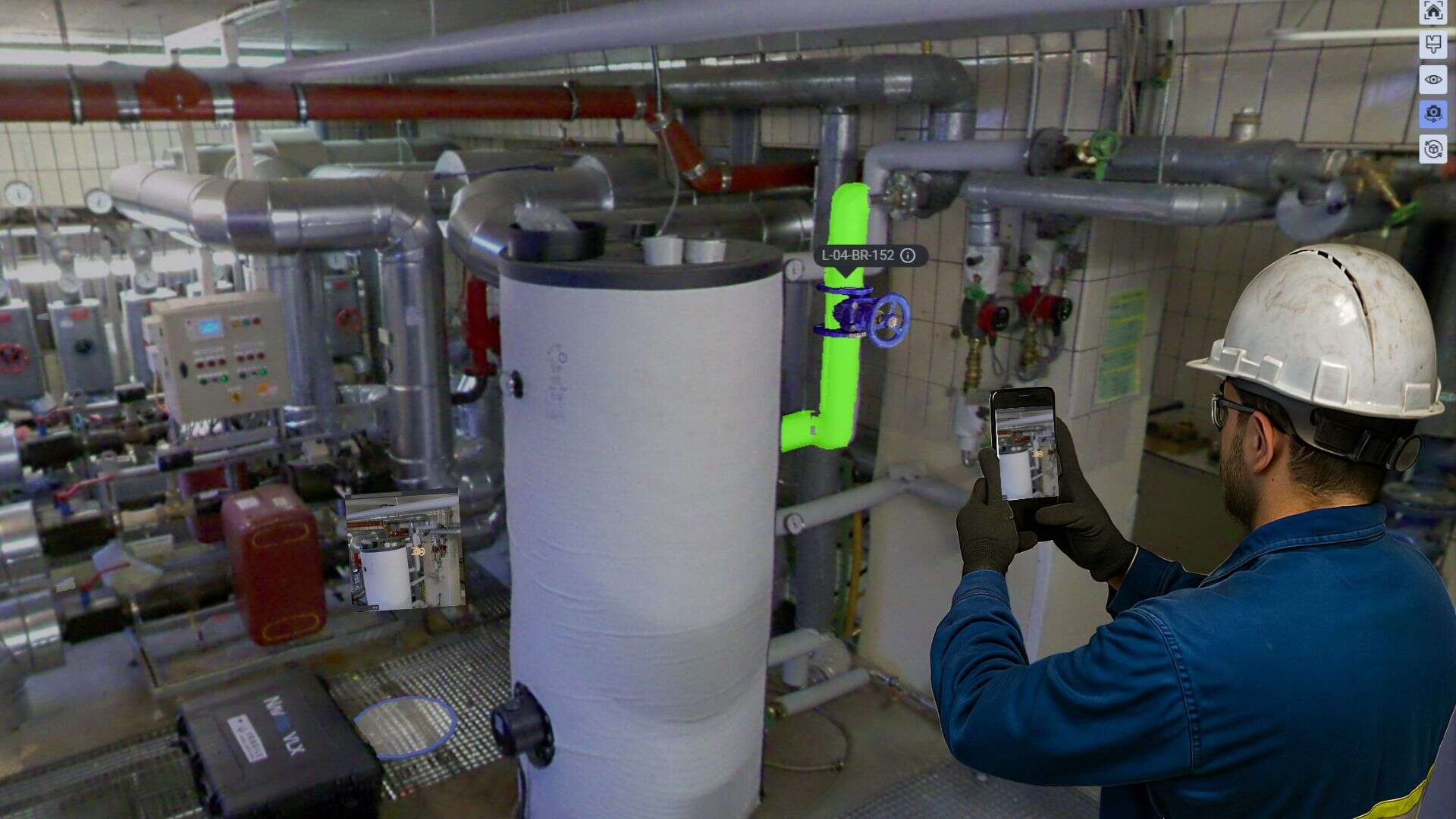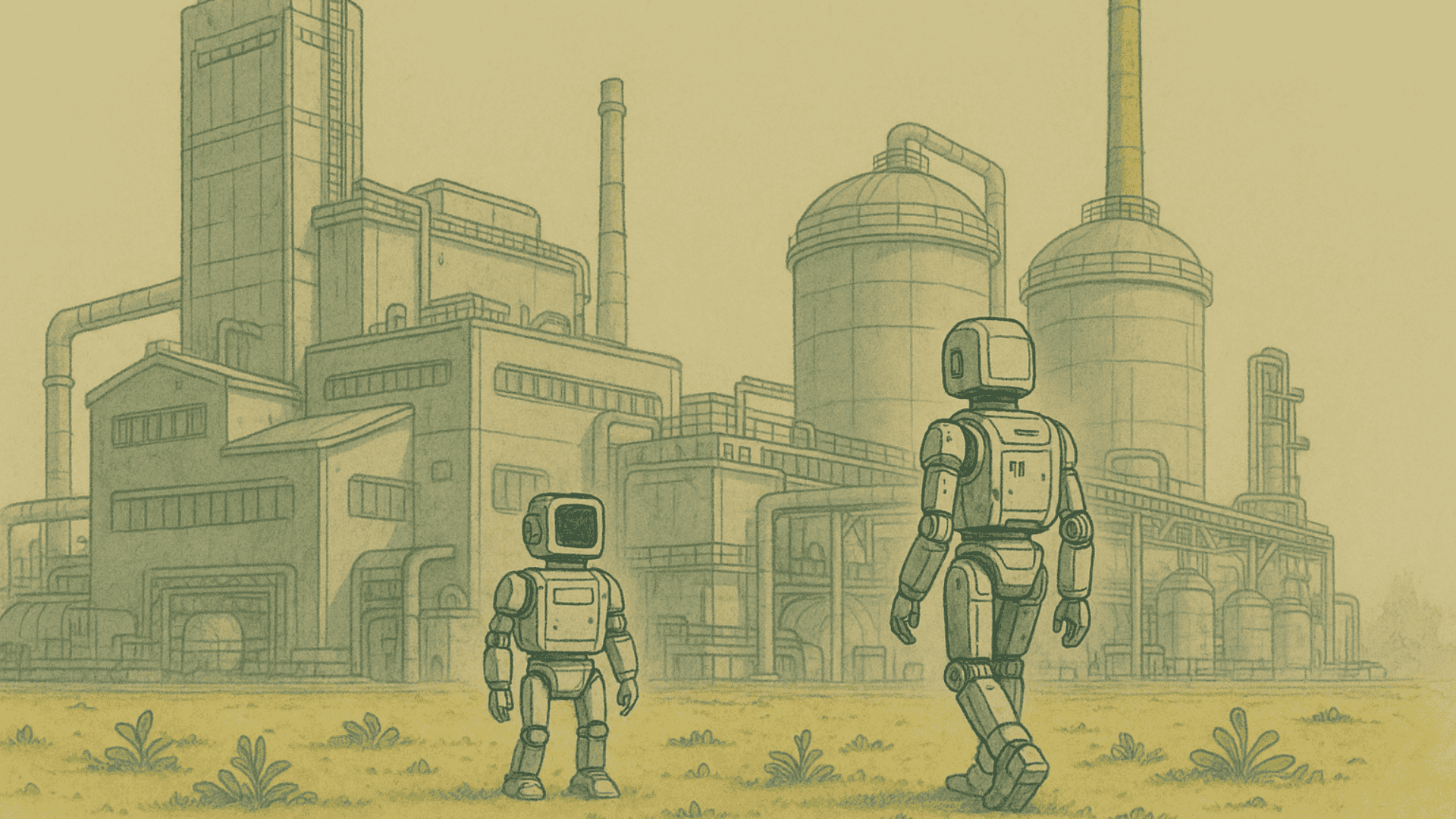As cities keep working on the reduction of their environmental footprint, district heating systems densification and retrofit with low-carbon energy sources is a high-impact strategy. Now is the time to accelerate it.
What is District Heating?
District Heating (DH) is a system for distributing heat generated in a centralized location through a system of insulated pipes for residential and commercial heating requirements. This represents about 10% of heat supply in the EU.
District Heating networks are set to receive a boost under draft EU legislation requiring all municipalities above 50,000 inhabitants to map out heating and cooling decarbonisation roadmaps.

Current trends
DH systems have been around since the late 1870’s, but mostly in densely occupied areas with high and consistent heat demand. Three main generations existed, transitioning from steam to hot water as energy carrier after World War II (soviet systems), then from high temperature to low temperature and alternative fuels after the 1973 oil crisis (scandinavian systems).
Until 2021, many EU countries made plans to switch their district heating systems to natural gas combined heat & power systems, as this produces about half the global warming emissions of coal. This would have been a cost-effective way to meet the EU climate goals. However with gas prices skyrocketing in 2022, major concerns on natural gas security of supply, and new evidence of fugitive methane emissions, these plans are being reviewed.
More than 90% of global district heat is produced by China, Russia, and Europe, with China having the greatest growth since 2000 as it has more than quadrupled in 2020. China is responsible for more than 35% of global district heat production making it the world’s largest producer. The United States and Korea are also rapidly growing in district heat production, with the latter practically doubling since 2000.

District heat production by region, 2020, and world average carbon intensities of district heat supply in the Net Zero Scenario, 2020-2030
Energy Mix
Even though many cities are now installing low-carbon district heating systems, around 90% of global district heat production runs on fossil fuels, mainly natural gas and coal, which currently make up around 30% and 26% of the fuel mix, respectively, according to EU-wide industry figures.
DH permits the incorporation of flexible and clean energy sources into the energy mix, therefore DH systems can play a significant role in the heating sector decarbonization. Additionally, the electrification of heat pumps could play an important role in the transition to Net Zero Emissions by 2050 Scenario. Reversible heat pumps working with near-ground-temperature water distribution systems could provide the basis to the next generation winter/summer “cold district heating” systems.
Thanks to continued technological improvements, today’s DH models are 2.2 to 4.5 more efficient than gas furnaces. And if adopted worldwide, heat pumps could help cut global yearly CO2 emissions at the gigaton scale.

Untapped Potential
Despite all these options on the table, low-carbon district heating potential still remains largely untapped and existing systems need to be adapted to meet new conditions for the delivery of lower temperature water and new heat exchange systems.
One concern is that part of the heat produced is lost during the distribution process right before delivery with losses ranging from 10% to 30%. Many of the existing networks today distribute heat by pipe using pressurized water at supply temperatures of over 80°C, therefore the renovation of these networks towards lower operating temperatures can significantly help reduce heat losses with target values at below 10%. This can be done through prefabricated piping insulation and upgrade of the heat exchangers.
With this in mind, the KeepWarm project, founded by the EU Horizon 2020 programme, intends to speed up the modernization of district heating systems in Eastern Europe and provide several case studies in the region. REWARDHeat is another project which seeks to demonstrate a new generation of low-temperature district heating and cooling networks by recovering low temperature renewable and waste heat in urban environments.

Ensuring that these modernization projects are planned, executed, commissioned without rework and at an accelerated pace is key.
It is essential to minimize risk exposure for workers and the general public, shorten public space disturbance and to abate CO2 emissions as fast as possible.
Samp provides the solution to ensure that projects, operators and contractors work with a shared version of the geospatial and systems reality, and keep it up to date directly from the field.
Together, these teams can make a positive impact sooner with Samp, and communicate more easily with the end-users and the general public.
Do you want to continue the conversation and take action? Get in touch with Samp!





